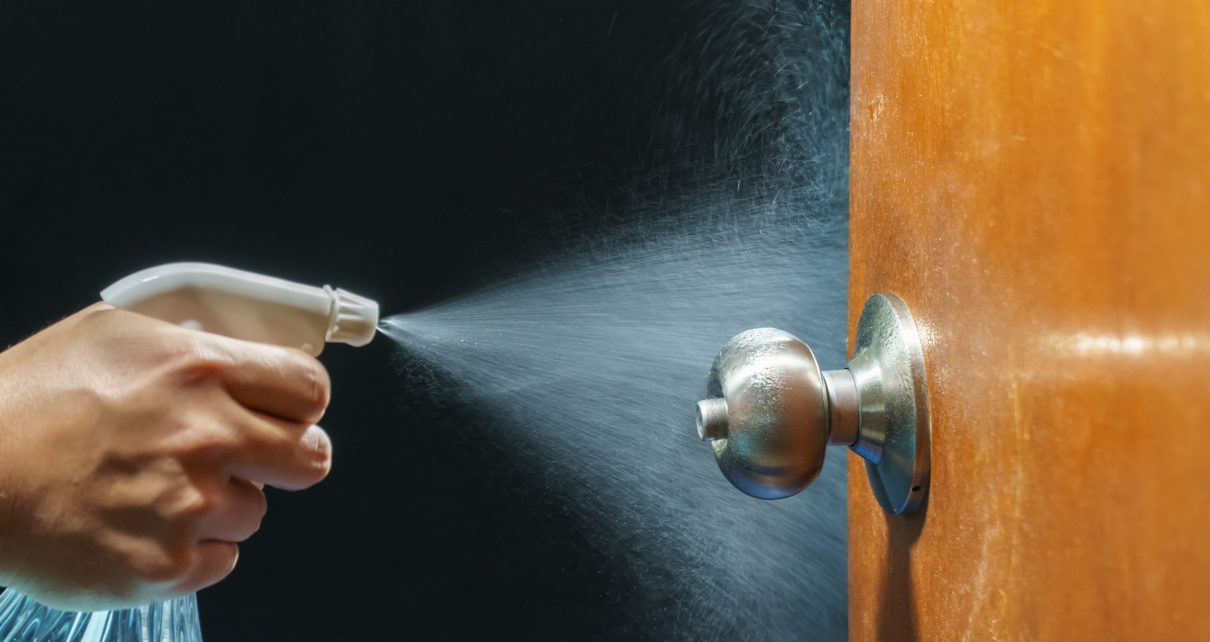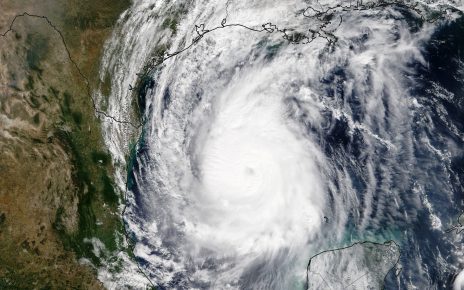The items below are highlights from the newsletter, “Smart, useful, science stuff about COVID-19.” To receive newsletter issues daily in your inbox, sign-up here: https://robinlloyd.substack.com. Please consider a monthly contribution to support this newsletter.
A 5/7/20 story by Smriti Mallapaty at Nature explores issues related to children and the new coronavirus. Mallapaty reports on some intriguing but preliminary findings that suggest children are not strong transmitters for this virus. Once infected, however, it’s clear that most children do not get severe or fatal COVID-19. Theories for milder symptoms include that children’s lungs may have fewer of the type of complex molecules (proteins called ACE2 receptors) the virus uses to enter our cells. Or children’s ACE2 receptors might be immature, the story states.
Reports on early vaccine candidates are misleading some members of the public into thinking a vaccine could be ready as soon as this fall, according to a 5/6/20 story by Helen Branswell for STAT. The story also notes concerns among public health leaders that a vaccine, once available, would be shared first in its nation of development. Instead, health care workers worldwide should get the vaccine first, followed by seniors with diabetes and other chronic health conditions, suggest experts quoted in the story. A vaccine probably will not be available until the second half of 2021, a former head of the U.S. Biomedical Advanced Research and Development Authority is quoted as saying in the story. “And that’s if everything works OK,” he adds.
An essay by Jeremy Samuel Faust, a physician at Brigham & Women’s Hospital in Boston, pointed out that some discussions of COVID-19 deaths in the context of flu deaths have compared apples with oranges, or to be specific, “counted deaths [for COVID-19] to wildly inflated statistical estimates [for flu deaths].” If flu deaths are counted in the same, direct way that COVID-19 deaths are, the flu figures are lower, resulting in a more accurate comparison, which illustrates that the impact of COVID-19 so far this year far outstrips the impact of the flu (9.5 to 44 times more people than seasonal flu), writes Faust for Scientific American on 4/29/20. Following Faust’s thinking, Christopher Ingraham, data reporter at The Washington Post, then tracked down recent figures for directly confirmed flu deaths and created a bar chart to reveal the stark comparison with this year’s reported COVID-19 deaths, as he describes in this 5/2/20 story.
Epidemiologists anticipate one of three potential scenarios globally for the COVID-19 pandemic in the second half of 2020 through 2022, writes Sharon Begley for STAT. Begley describes these scenarios as: 1) recurring small outbreaks, 2) a second monster wave, or 3) a persistent crisis. Each is illustrated with a simple graphic in the story. She describes the first scenario (the best-case scenario) as one in which we soon move past this period of massive numbers of infections and deaths globally. Waves of smaller outbreaks will follow every few months. The second scenario she describes: a post-summer of 2020 rebound, with an even bigger “monster wave” of cases and deaths than we have experienced in the first half of 2020, followed by much smaller waves of outbreaks—“barely one-fifth of what the fall and spring of 2020 saw.” In the third scenario, waves that are the size of the current one recur until a vaccine arrives or at least half the world’s population has been infected. In any case, Begley reports that face masks in public and a sense of anxiety in public spaces will remain the norm even after the winter/spring 2020 outbreak “temporarily abates.” (5/1/20).
Cytokine storm? R-naught? Viral dose? Here’s a helpful glossary of terms related to COVID-19, by Robert Roy Britt for Medium’s Elemental (5/1/20).
Amber Dance’s 5/1/20 in-depth feature at Knowable on SARS-CoV-2 antibody testing includes some of the best writing I have seen on: a) how antibody tests work, b) accuracy issues with the tests, and c) immunity questions surrounding the presence of antibodies for the virus. Near the end, Dance’s story quotes an allergist and immunologist at Nationwide Children’s Hospital and Ohio State University who predicts that immunity to the new virus lasts about a year, but broader thinking on this question is still all over the map.
People who read the labels on disinfectants for use on hard surfaces, particularly to protect against SARS-CoV-2, might enjoy this 5/1/20 cheat sheet by Craig A. Bettenhausen for Chemical & Engineering News. The guide helps you find other options for killing the new coronavirus when your household or stores run out of a preferred disinfectant. Disinfectants are grouped by four types of chemical—alcohols, reducers, oxidizers, and quaternary ammonium salts, noting the compound names within each type, how each group of chemicals works, required “dwell-time” (drying time) on a surface, safety and use notes, and products in which each type of chemicals is found. The piece also links to a list of disinfectants recommended by the U.S. Environmental Protection Agency against SARS-CoV-2.
Novelist/journalist Dave Eggers wrote a clever essay for The New York Times (5/3/20) on the maddening public messages on novel coronavirus pandemic.



